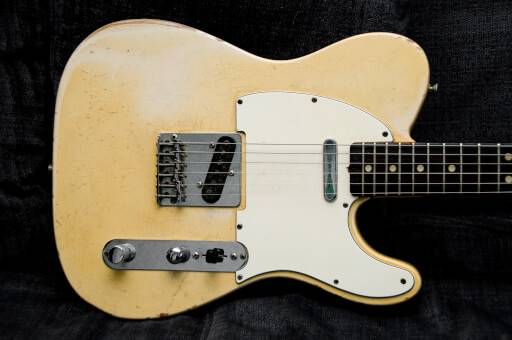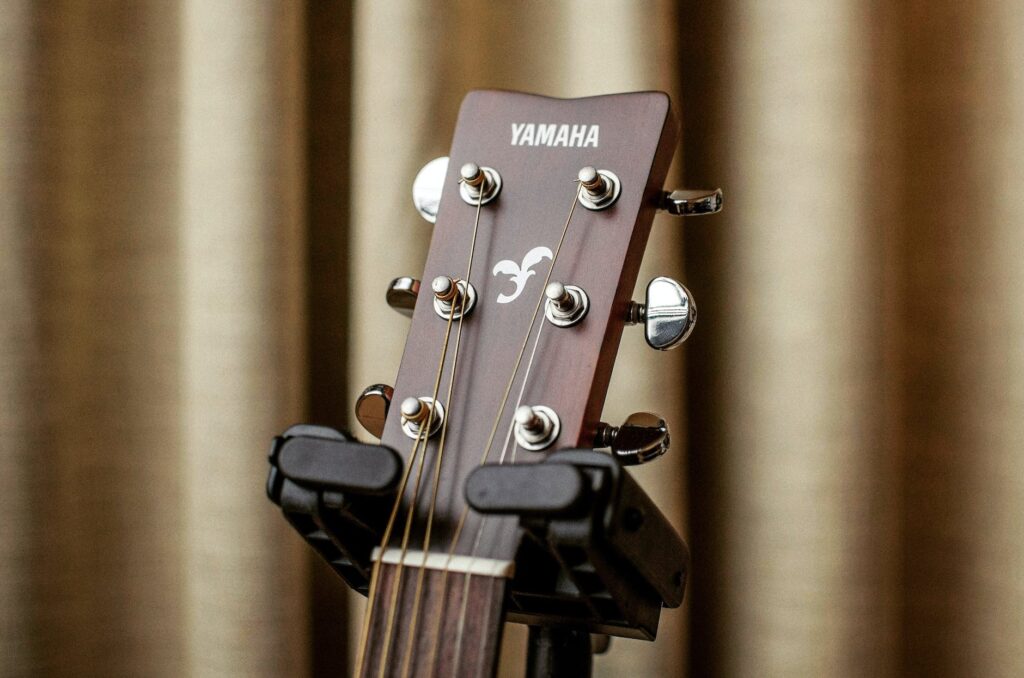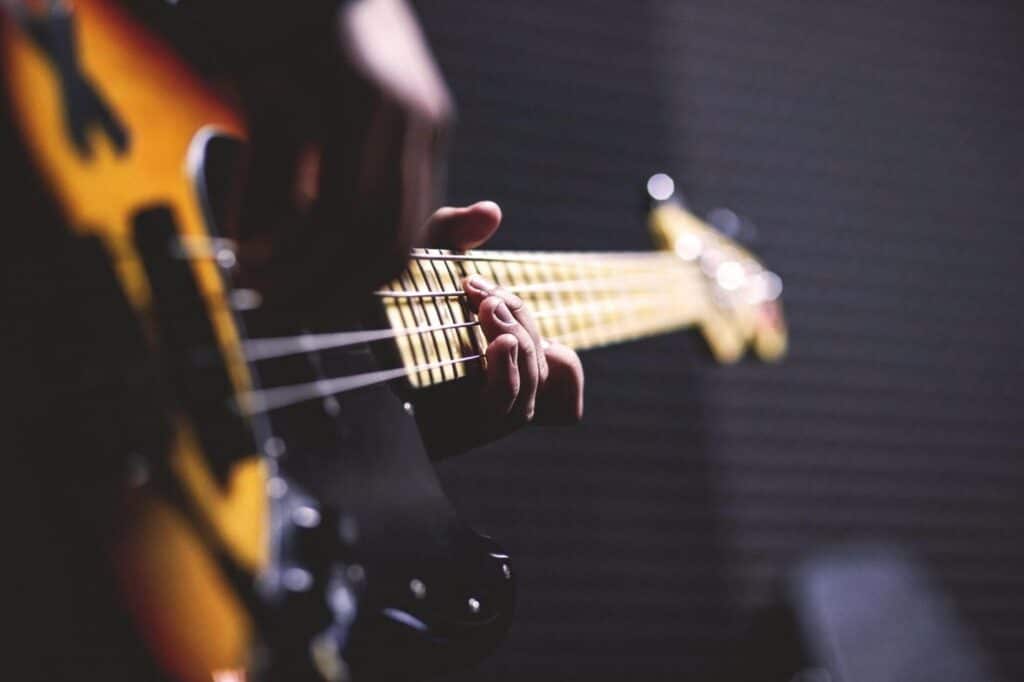I’ve encountered the Fender Telecaster throughout most of my guitar-playing life. But only now, 20 years later, have I begun to appreciate it. Here’s what I discovered.
I’ve never got on with Fender telecasters, too bright, thin sounding, not enough sustain. A ‘country’ guitar. Not as comfortable or versatile as a Fender Stratocaster, and not as powerful as a Les Paul. I’d eventually moved onto an Epiphone ES335 PRO, but as fate would have it, I found myself in a less-than-ideal practice environment, a gym, which was reflecting our drummer’s kit over everything.
… then my birthday came around, and as if my prayers had been answered, a Squier Telecaster Custom II (p90s) appeared in my lap, a present from my wife, and an unexpected epilogue to my blog on Guitar Acquisition Syndrome. So, to band practice!
I’ll do a detailed review of the Squier Telecaster Custom II soon, but what it has introduced me to, via a happy accident, is the Telecaster’s ability to be heard in even the most clouded of mixes. It’s true, Gibson-style twin-humbucker guitars have their advantages in power, sustain, and some would say playability, but in a live scenario ‘cut’ becomes more essential.
Issues with humbuckers
With my 335, I had to REALLY nail the volume sometimes to get above the mix. This creates another set of issues. An increase in overall band volume, which in turn makes getting a decent band mix even more difficult. And with more volume, comes more noise, unwanted feedback, you name it.
The Fender Telecaster is the ultimate live guitar
Back to the Telecaster, and because its frequencies lie in just the right spot, away from everything else, it can operate in its own space, at a much lower volume. It really is a Eureka! moment, as though you’re discovering the guitar all over again.
In this new environment, chords have more clarity and separation, and lead lines benefit from that unique Tele spite in the top end that absolutely screams in context. The Tele was, of course, the first production Electric Guitar, but to me, it could more believably be the very latest in guitar design. An instrument seemingly made for live use through years and years of player feedback. How Leo Fender got it this right, at the first time of asking, is one of the great mysteries of the Universe.
All those little problems I used to experience; treble loss when rolling back the guitar volume, useless neck pickup, muddy rhythm sound using gain, are all but eliminated with the Tele. It’s the old cliché of lifting away the blanket.
Live, all those lower, full-bodied “Gibson” frequencies don’t matter a jot, the bassist will nullify them. So too, the high frequencies will be wiped out by cymbals. Hit an E-chord on a Tele live, and you’ll hear every component note, loud and proud, nothing tuned out or trodden on. At this base-level cleaner gain tone, you can go wherever you’re heart takes you. More gain, more effects, whatever takes your fancy, but now you WILL be heard. All that talk of tone-woods, curvy maple caps etc starts to sound a little silly.
But what about the sustain and power?
Well, that’s what your gain control is for! Give it a boost and yes, you will get single coil hum and everything that comes with it, but, in a band context that doesn’t really matter. A single coil pushed to within an inch of its life is a thing of beauty, just look at the impact Hendrix made with it. In short, you can do everything you can do with humbuckers, but always retaining clarity if required.
What about the Fender Stratocaster?
I’ve had even more experience with Stratocasters. They are, in general, lower output than the Tele. Added to that is the tremolo system which reduces the sustain even further. Of course, nothing plays quite like the ergonomically superior strat, you can incorporate tremolo techniques(e.g. divebombing) and you have access to those unique out-of-phase clucks in positions 2 and 4. The Tele, however, has actually directly remedied specific issues with Gibson-style guitars I’ve owned, without compromising on the full-bodied tone I love. The Strat, on the other hand, is more transparent-sounding and lacks that chunky tone imparted by the straight-through stringing of the Tele. The Strat IS more versatile, but the Tele delivers what I need.
The working man’s tool
I always used a case for my Gibsons. They were too delicate with that neck angle, too expensive and fragile. I’ve done away with a case for my Tele, instead, slinging a (padded) gig bag over my shoulder. The Tele is solid as a rock, basic, with not a lot to go wrong with it: a one-piece neck, the minimum of controls, a one-piece bridge, basic, simple body.
Net result: One extra hand free when loading/unloading. Absolutely priceless.
The Fender Telecaster is an unrivalled synergy of its parts. Nothing superfluous, nothing wasted. The shortest route possible to your sound.
For those who love the Gibson tone: Have you ever been frustrated with cutting through? Staying in tune? Worried about accidents?
Get a Tele!




As a fellow guitar enthusiast, your post has inspired me to take a closer look at this legendary instrument overall. I’ve fell in love with the electric telecaster guitars before: https://www.riffsandlicks.com.au/guitars/electric/fender/telecaster/ , but now even more.
Nice article! Get a Seymour Duncan Pickup Booster (stomp box) and you can get the gain when needed, plus satisfy that humbucker craving!